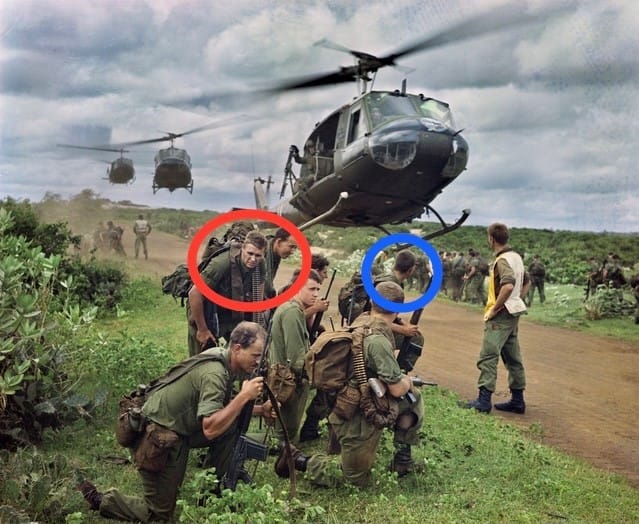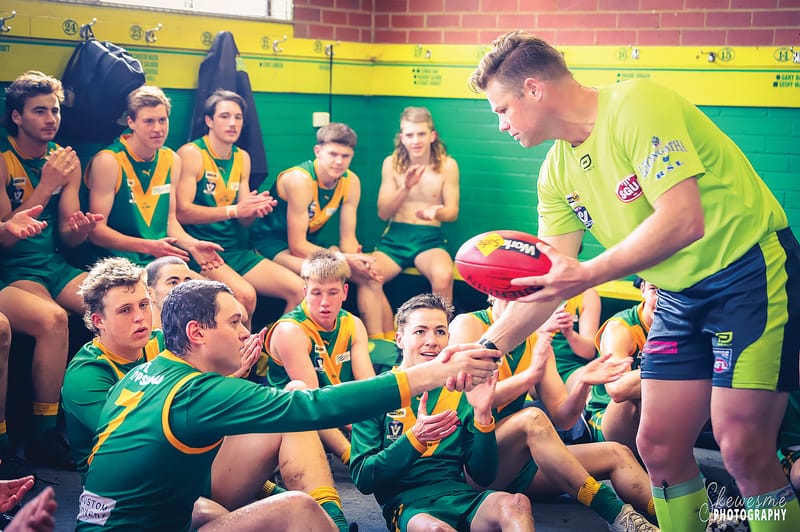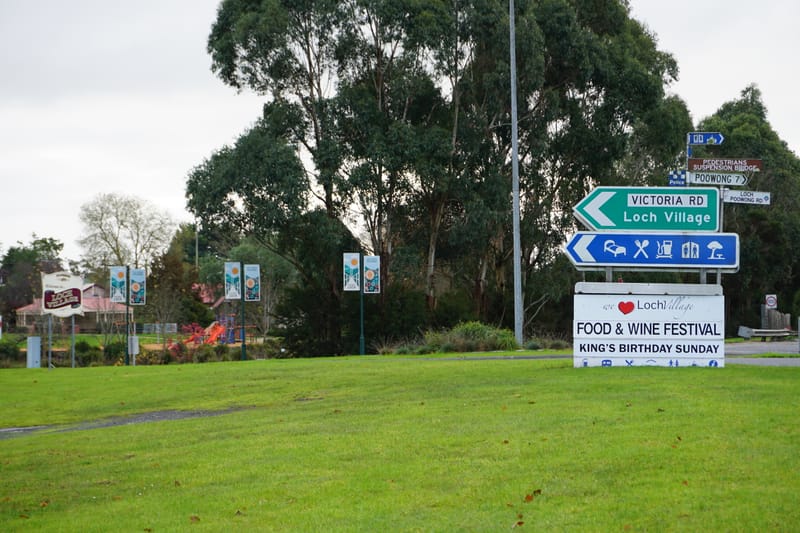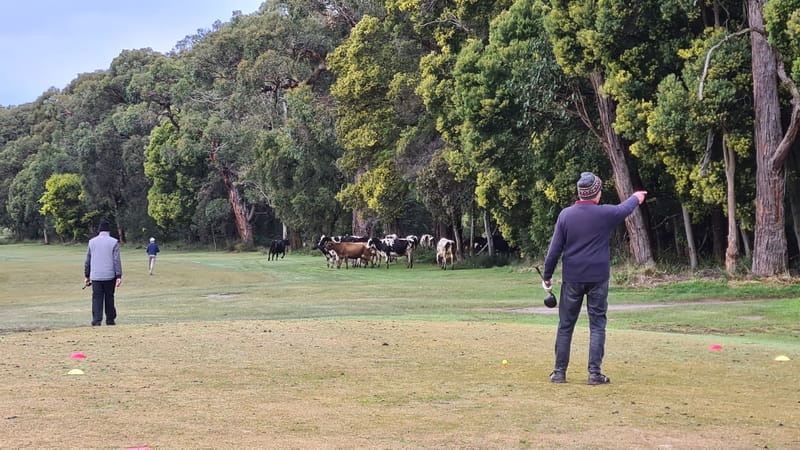UPDATED: Drowned Buffalo man can finally be laid to rest
THE latest advances in the forensic identification of human remains have been brought to bear on the mystery of a Sandy Point skeleton, discovered by a snorkeler on the ocean floor at Shallow Inlet on Christmas Day, 2017. The human remains...
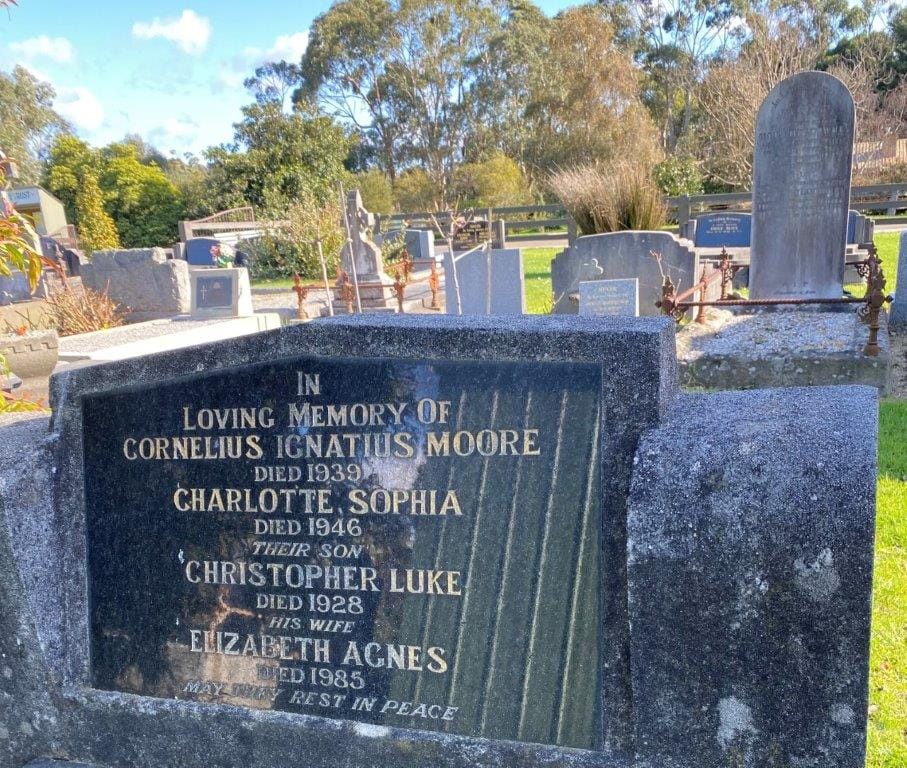
THE latest advances in the forensic identification of human remains have been brought to bear on the mystery of a Sandy Point skeleton, discovered by a snorkeler on the ocean floor at Shallow Inlet on Christmas Day, 2017.
The human remains, remarkably intact after 95 years, are that of Buffalo man, Christopher Luke Moore, who got into difficulty and drowned while swimming near The Gap on December 30, 1928. Despite a concerted effort by his distraught father, Cornelius Ignatius Moore, the body was never found.
Tragically, Mr Moore was visiting Waratah Bay with his parents Cornelius and Charlotte, brother Francis, wife Elizabeth and toddler Mary when he disappeared under the waves never to be seen again.
A fortnight later, on January 15, 1929, a lower jawbone, identified by dental records as belonging to Mr Moore, washed up on the beach about 6km from where he drowned.
The remains were buried in the Moore family plot at Meeniyan, later to be joined by his parents in 1939 and 1946 and ultimately by his wife, Elizabeth Agnes in 1985 and in recent times, his daughter.
Now Mr Moore’s properly identified body can be laid to rest there as well.
Speaking on Gippsland ABC radio this week, great niece of Christopher Moore, Cathy Hogan of Leongatha, said the Victorian Institute of Forensic Medicine team had done a sensational job of solving the mystery, and providing closure for family members.
Asked if she knew much about the tragic story, Ms Hogan she was aware of some of the details.
“We got from my mother who's on that side of the family, that he went missing. We didn't know what happened, what circumstances where. We thought perhaps he had just gone fishing for the day and didn't come home. We didn't know the whole story, but now we do,” said Ms Hogan.
The research has also provided the family with newspaper articles and the coroner’s report providing more detail.
“They also provided a coroner’s report from back in 1929 that was held in January after he drowned and which gives a copy of his father's statement, telling the story of how the family were down there for a day at the beach. So, we know the whole story. It’s emotional, but it's also just fascinating to know it’s great.”
After six years of investigations, the family now has the opportunity to finally lay Mr Moore to rest.
“We’re going to put them into the family plot at Meeniyan Cemetery where his mother, father and wife and daughter are so we're going to put him to rest with the rest of the family, together with the jawbone that was originally found in 1929.
“He will finally be laid to rest with his wife, child and mother and father, who were all at the beach on the day when he drowned.”
Fiona Leahy, a member of the Victorian Institute of Forensic Medicine team who identified the man, said the efforts to solve the almost century-old mystery had been exhaustive.
Ms Leahy said recently she recalled that at the time when the remains first came into the laboratory, in 2017, that they had been unable to identify the person, except to say that the skeleton appeared to be quite old, that it was an adult male, and a person of about 170cm in height.
“From the DNA analysis we could tell that his ancestry was Northern European, that he was likely to have blue eyes and dark hair and from the odontology, we knew that he had gold fillings, four teeth with amalgam restoration and older restorations and a partial root canal.
“So, all that information helps frame who you are looking for when you do look at historical research about who drowned in the bay.
“As you probably know, a lot of people drowned in Waratah Bay over the years because it was part of the major shipping route between Melbourne to Sydney and of course you had the kilns operating at Walkerville and a lot of comings and goings at Waratah Bay.
“So, I had a fairly lengthy list of men around that age but one of the things with the dental work is that the individual must have lived in the latter half of the 1800s because he would not have had access to that sort of treatment.”
Ultimately, they settled on a shortlist and assisted by a pilot program using ‘Forensic Investigative Genetic Genealogy’ (FIGG), they made the breakthrough they were looking for, partly as a result of the increasing practice of people submitting their DNA to genealogy platforms like ancestry.com.
The finding was confirmed with related DNA from both sides and the case of the missing Buffalo man was solved, in time to provide answers for living relatives, but sadly not for Mr Moore’s immediate family.
Ms Hogan’s DNA was the final piece of the puzzle.
“It was quite a moment, but I want to emphasise that it was very much a team effort,” said Ms Leahy of the culmination of years of forensic work and painstaking research.
When the remains of Mr Moore will be laid to rest at Meeniyan hasn’t yet been decided.


